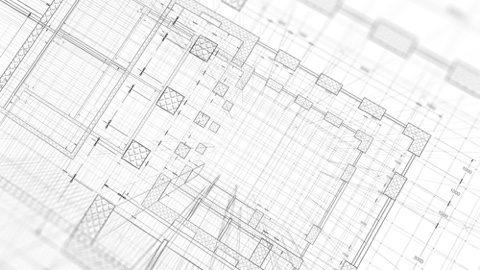
Facility managers and building owners alike need to truly understand what a smart building is in order to devise a plan that will improve operations and maintenance. They generally need to reduce costs, risk, and improve the building’s occupant experience.
LeRoy Walden, LEED AP, Contracting Business states:
“Using analytics to understand what’s happening in a building and then making appropriate corrections is probably the most important advance using IoT and smart building technology.”
After completing an analysis, suppose the facility owner or manager worked with the city’s Smart City lead and planned integration of technology with them. Tech that would provide the city and the owner with real time data that would help monitor and regulate the numerous environmental factors, traffic and parking considerations, water resources, and more.
In his article, “Applying the ‘Internet of Things’ to Create Smart Buildings,” he states:
“Just having technology doesn’t make a building smart – it must have the technology that supports the goals of the operator and occupants and there must be people in place to apply and use the technology effectively.”
People with the kind of experience needed for these jobs may be difficult to come by. This could be one of the biggest challenges faced by the Smart City movement: human resources.


